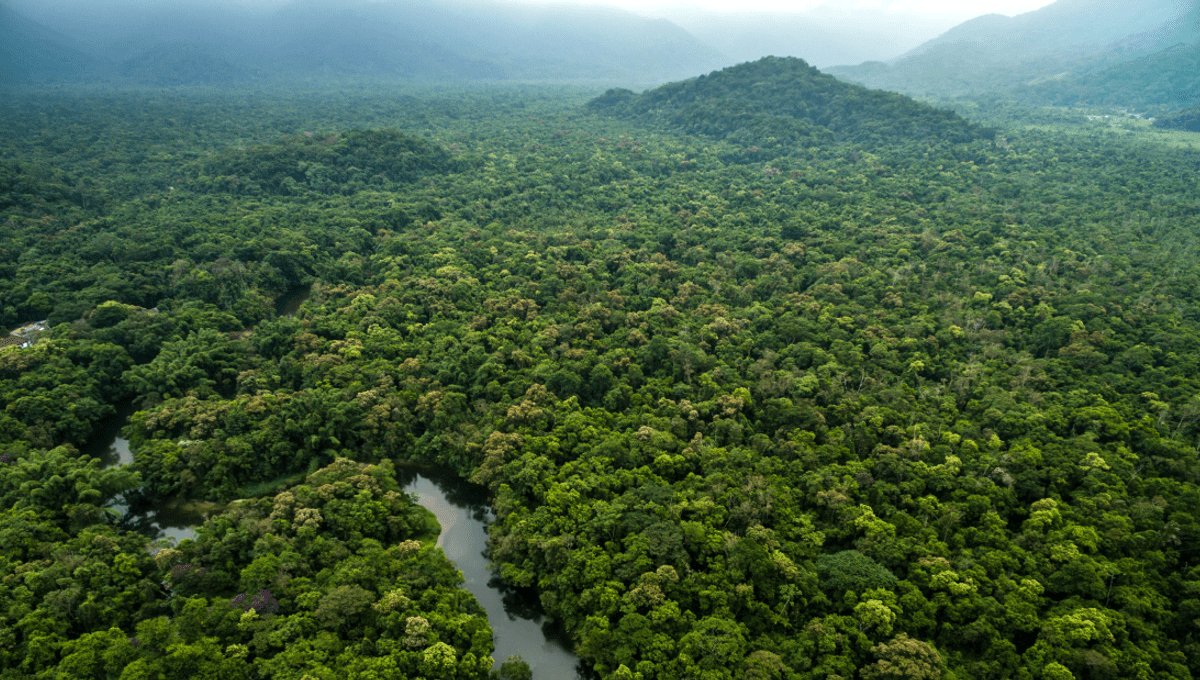
In 2011, scientists found something unexpected hiding beneath the Amazon. There, 4,000 meters (13,100 feet) beneath the earth was an enormous body of water almost long enough to rival the Amazon and much wider.
River Hamza, as Brazil’s National Observatory unofficially named the beast, acts like drainage for the region and was discovered after Petrobras (an oil company) drilled hundreds of wells. They were drilled back in the 70s and 80s, but when scientists later took a look inside they discovered the monstrous waterway that was hiding underneath. It was after the leader of this team of researchers that the underground waterway was named.
It begins under the Andes in the Acre region and winds its way on through to the Solimões, Amazonas and Marajó basins before slipping out unseen into the Atlantic Ocean. The flowing river Amazon speeds along at around 5 meters (16 feet) per second. By comparison, the painfully slow-trickling Hamza moves along at a casual 1 millimeter (0.04 inches) per hour, writes The Guardian.
This super casual speed means that it’s not technically a river despite its unofficial name, as it’s not flowing sufficiently fast enough to earn the title. Instead, it’s a mammoth drainage system shuffling through porous rock and it’s very, very salty.
The Hamza flows in the same direction as the Amazon, from west to east, and is only slightly shorter in length. Where it differs significantly is in its width, which is around 100 times that of the Amazon, ranging from 200 to 400 kilometers (125 to 250 miles).
“It is likely that this river is responsible for the low level of salinity in the waters around the mouth of the Amazon,” Mongabay reports the National Observatory said. “The Amazon region has two discharge fluid systems: the surface drainage [through] the Amazon River… and the flow of groundwater through the deep sedimentary layers.”
The Hamza isn’t the only peculiar waterway in the region. Elsewhere in the Amazon you can find a river of boiling water. Shanay-timpishka – meaning “boiled with the heat of the Sun” – is remarkably huge considering there aren’t any volcanoes in the region, the bubbling cauldrons of molten rock that usually give rise to hot springs and dangerous natural hot tubs.
The hot water flows for 6.24 kilometers (3.9 miles), with an average temperature of 86°C (186.8°F), requiring an enormous amount of energy. Chemical analyses appear to indicate that it gets so hot by falling as rain which then bubbles up from Earth’s geothermal energy.
Then of course you have the Amazon itself, which actually flows backwards. It’s been doing this for tens of millions of years, but did you know that sometimes rivers will transiently change direction? And the effects can be deadly.
Source Link: The Amazon Isn't The Only Giant Waterway In Brazil, Another Hides Underground